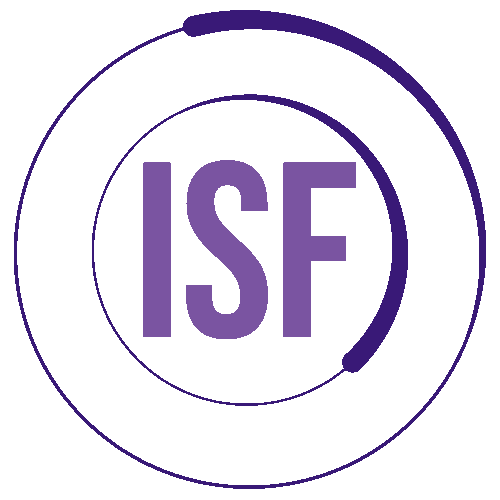[et_pb_section admin_label=”section” transparent_background=”off” background_color=”#ffffff” allow_player_pause=”off” inner_shadow=”off” parallax=”off” parallax_method=”off” custom_padding=”30px||0px|” padding_mobile=”on” make_fullwidth=”off” use_custom_width=”off” width_unit=”on” make_equal=”off” use_custom_gutter=”off”][et_pb_row admin_label=”row” make_fullwidth=”off” use_custom_width=”off” width_unit=”on” use_custom_gutter=”off” custom_padding=”0px||0px|” padding_mobile=”on” allow_player_pause=”off” parallax=”off” parallax_method=”off” make_equal=”off” parallax_1=”off” parallax_method_1=”off” parallax_2=”off” parallax_method_2=”off” column_padding_mobile=”on”][et_pb_column type=”2_3″][et_pb_text admin_label=”Text” background_layout=”light” text_orientation=”left” use_border_color=”off” border_color=”#ffffff” border_style=”solid”]
- The most common treatment available for Neuroblastoma is chemotherapy, radiation, surgery and immunotherapy.
- Common side effects of these treatment procedures can include but are not limited to, vomiting, diarrhea, hair loss, low blood counts, compromised immune systems, hearing loss, learning defects, heart problems, intense pain, high risk of second cancers, and infertility… just to name a few.
- In the last 5 years, significant strides have been made in treatment from Memorial Sloan-Kettering Cancer Center (MSKCC) in New York City as well as other children’s hospitals such as the Children’s Hospital of Philadelphia (CHOP). Innovative drugs and treatments have been made available that prolong survival; however, do not cause debilitation or long-term side effects.
[/et_pb_text][/et_pb_column][et_pb_column type=”1_3″][et_pb_button admin_label=”Button” button_url=”https://www.mskcc.org/” url_new_window=”on” button_text=”MSKCC” button_alignment=”left” background_layout=”light” custom_button=”off” button_letter_spacing=”0″ button_use_icon=”default” button_icon_placement=”right” button_on_hover=”on” button_letter_spacing_hover=”0″] [/et_pb_button][et_pb_button admin_label=”Button” button_url=”http://www.chop.edu/” url_new_window=”on” button_text=”CHOP” button_alignment=”left” background_layout=”light” custom_button=”off” button_letter_spacing=”0″ button_use_icon=”default” button_icon_placement=”right” button_on_hover=”on” button_letter_spacing_hover=”0″] [/et_pb_button][et_pb_button admin_label=”Button” button_url=”https://nmtrc.org/” url_new_window=”on” button_text=”NMTRC” button_alignment=”left” background_layout=”light” custom_button=”off” button_letter_spacing=”0″ button_use_icon=”default” button_icon_placement=”right” button_on_hover=”on” button_letter_spacing_hover=”0″] [/et_pb_button][/et_pb_column][/et_pb_row][/et_pb_section][et_pb_section admin_label=”Section” fullwidth=”off” specialty=”off” transparent_background=”off” background_color=”#ffffff” allow_player_pause=”off” inner_shadow=”off” parallax=”off” parallax_method=”off” custom_padding=”0px||5px|” padding_mobile=”on” make_fullwidth=”off” use_custom_width=”off” width_unit=”on” make_equal=”off” use_custom_gutter=”off”][et_pb_row admin_label=”Row” make_fullwidth=”off” use_custom_width=”off” width_unit=”on” use_custom_gutter=”off” custom_padding=”0px||0px|” padding_mobile=”on” allow_player_pause=”off” parallax=”off” parallax_method=”off” make_equal=”off” parallax_1=”off” parallax_method_1=”off” column_padding_mobile=”on”][et_pb_column type=”4_4″][et_pb_text admin_label=”Text” background_layout=”light” text_orientation=”left” use_border_color=”off” border_color=”#ffffff” border_style=”solid”]

- Immunotherapy, vaccines and the utilization of current drugs that are in clinical trials for adult cancers are three ways that MSKCC is making strides against Neuroblastoma.
- The National Cancer Institute research budget in 2009 was $3.1 billion. Of that, breast cancer received 22%, prostate cancer received 11% and all 12 major groups of pediatric cancers combined received less than 3%. (Childhood leukemia receiving almost half.)
- A recent government report found a “near absence” of research into pediatric cancer drugs.
- Approximately half of the oncology drugs to treat children are at least 20 years old.
- A large part of the funding for Neuroblastoma treatments is made possible through private institutions, generous donors, and families of children with Neuroblastoma.
[/et_pb_text][/et_pb_column][/et_pb_row][/et_pb_section]


